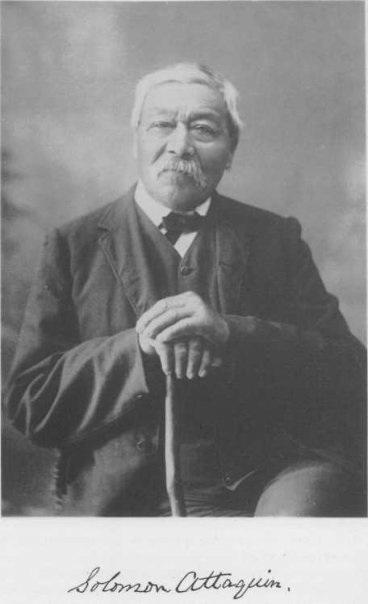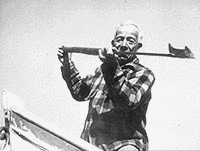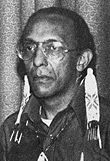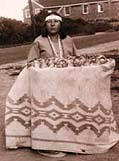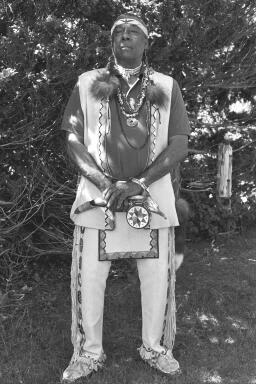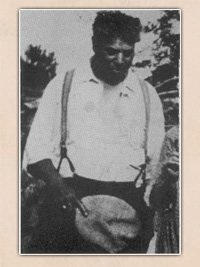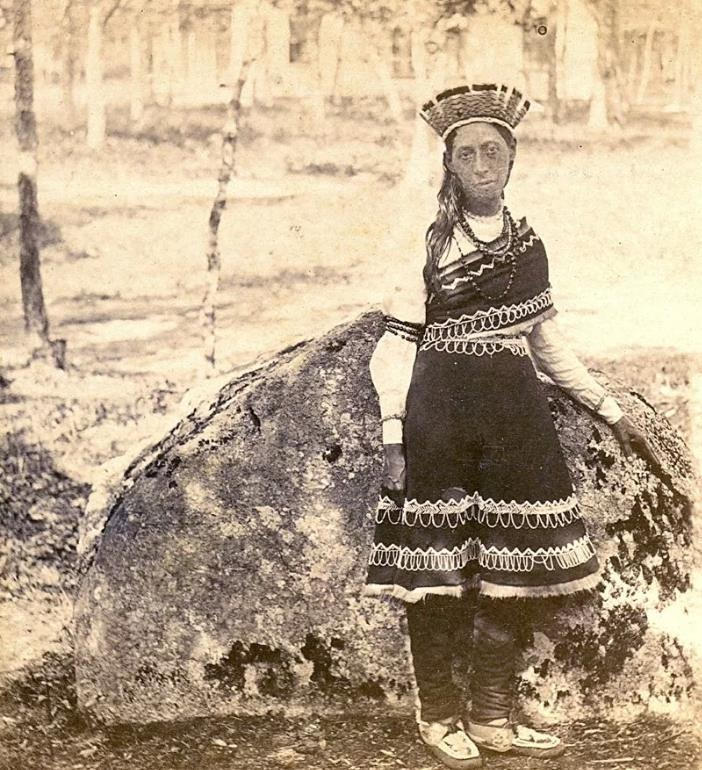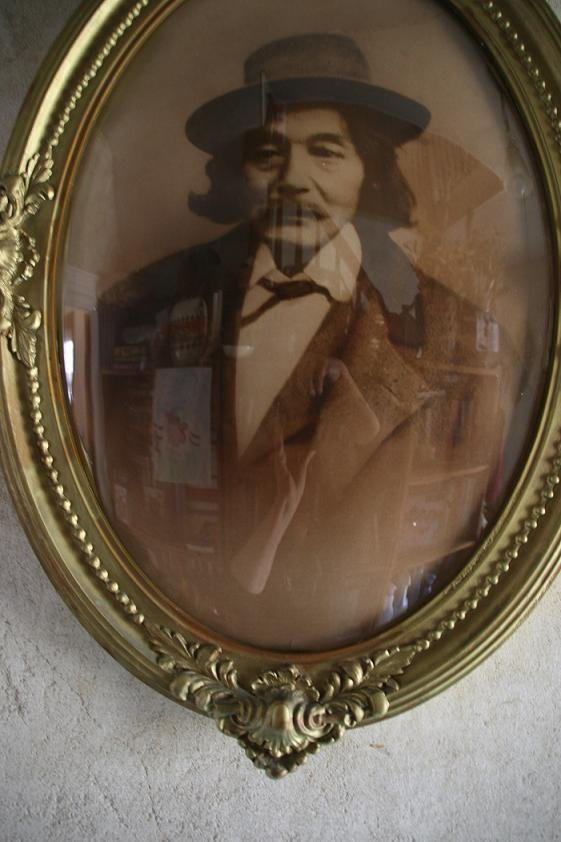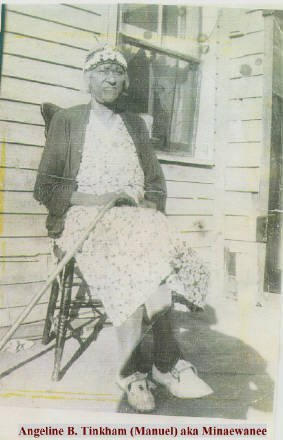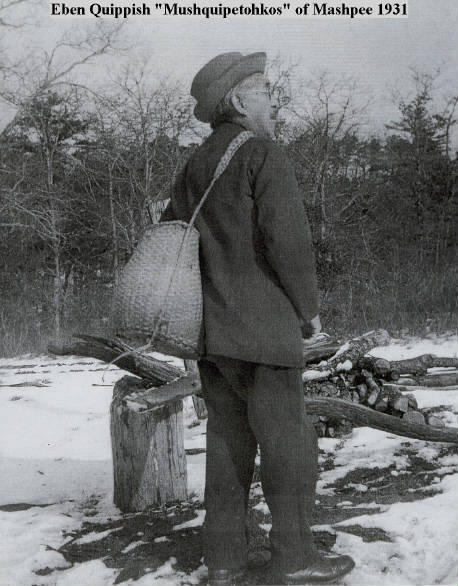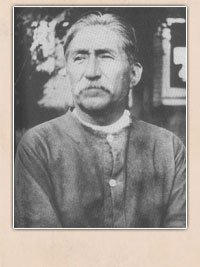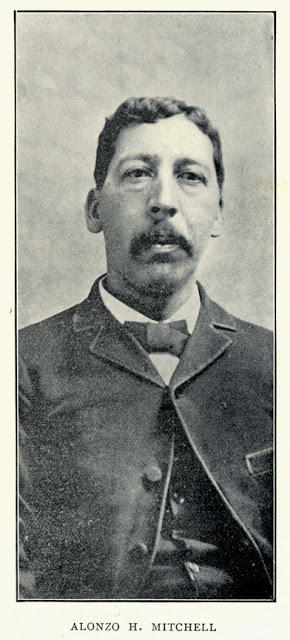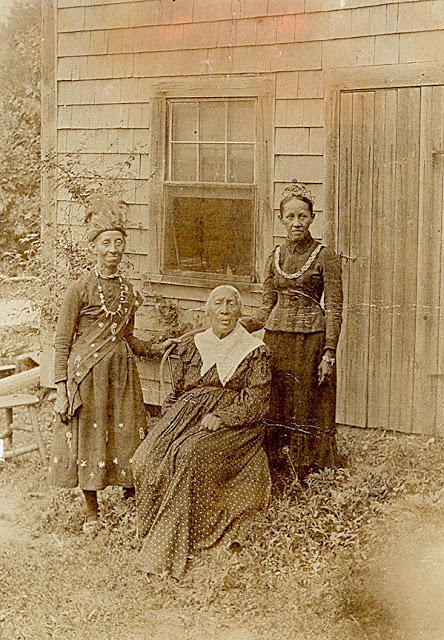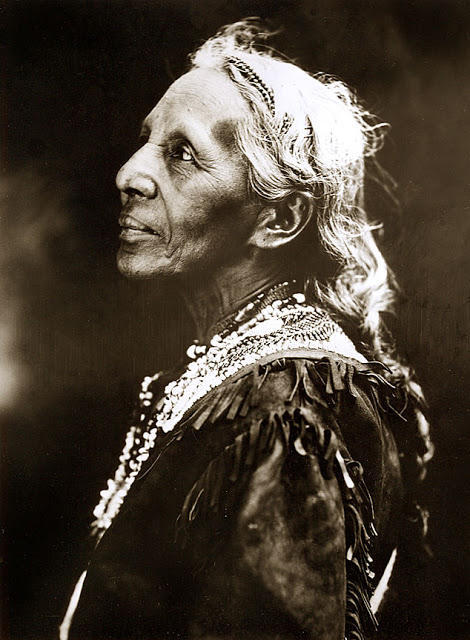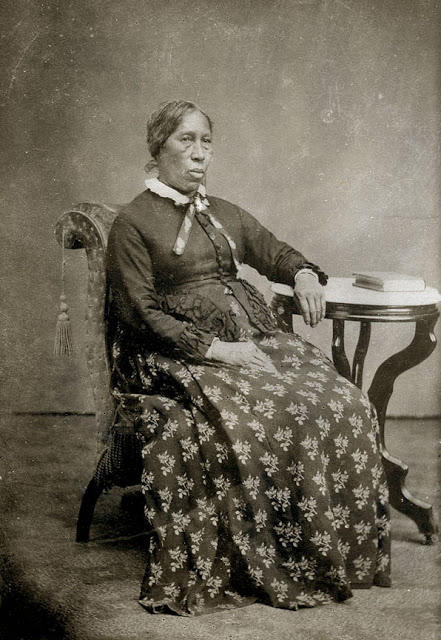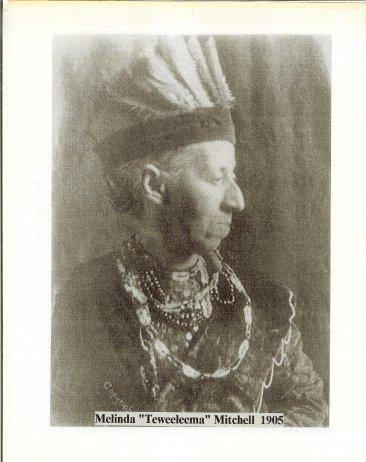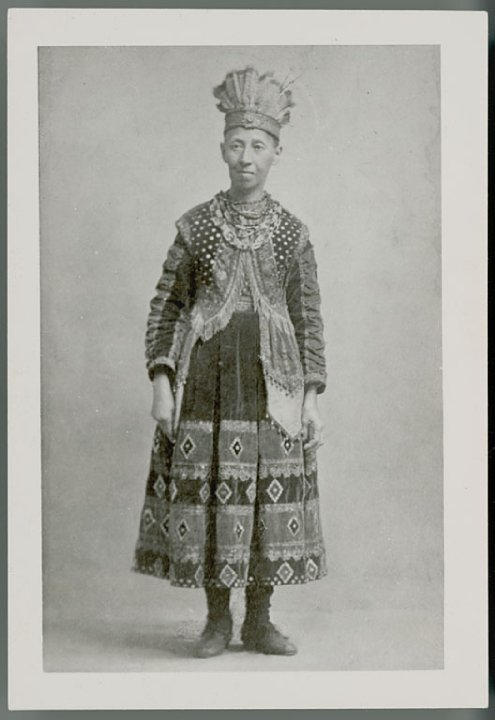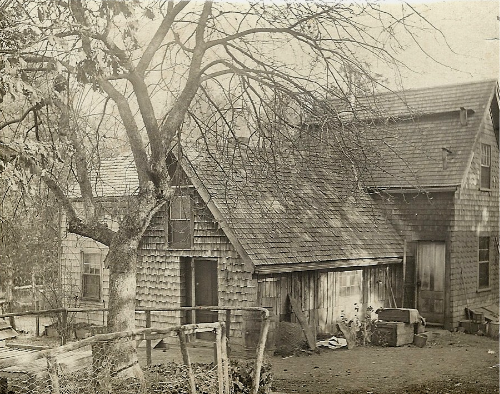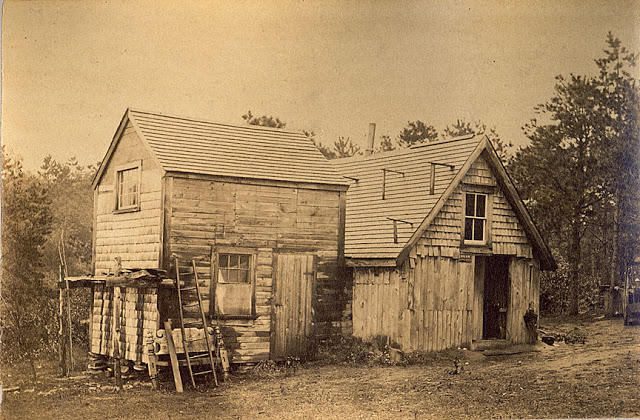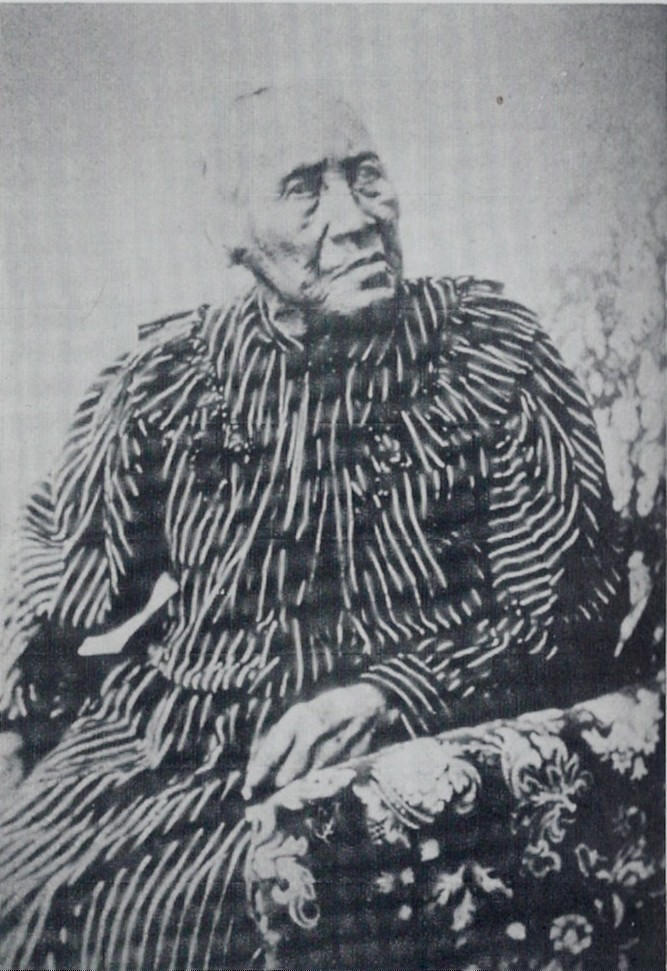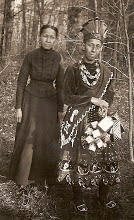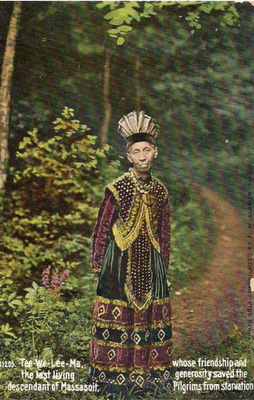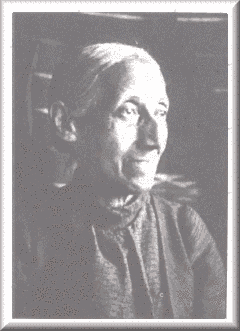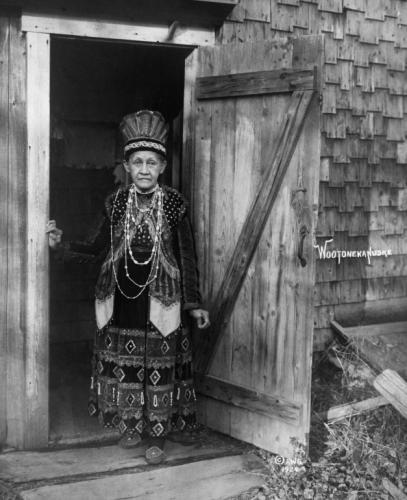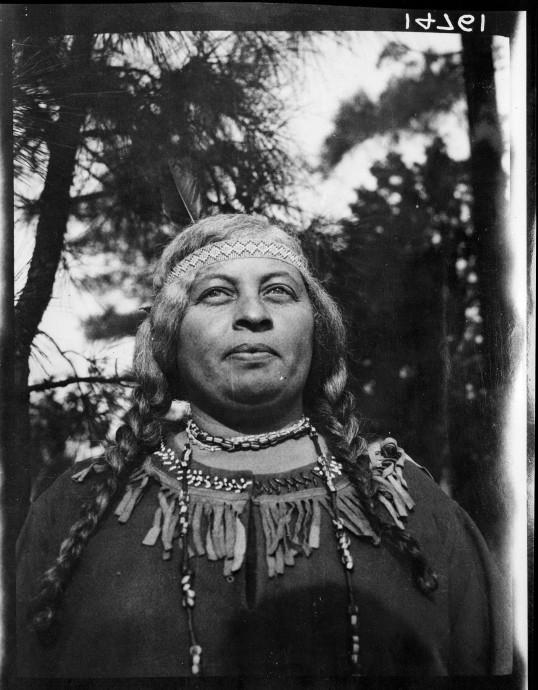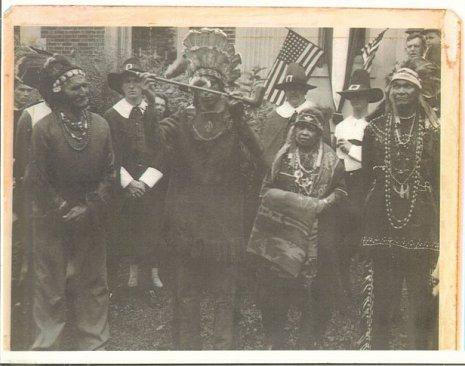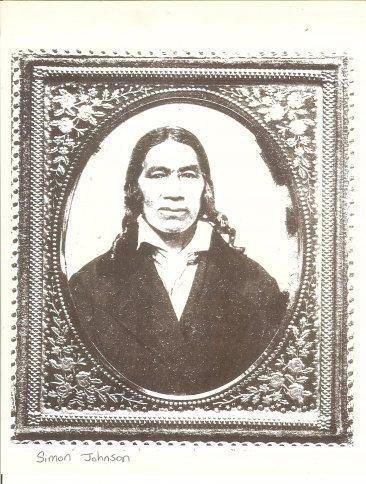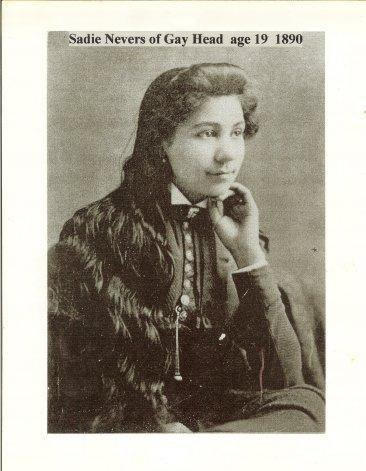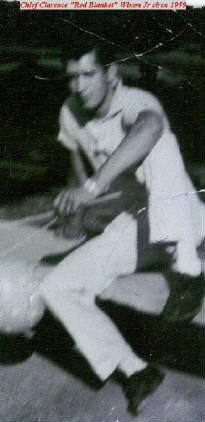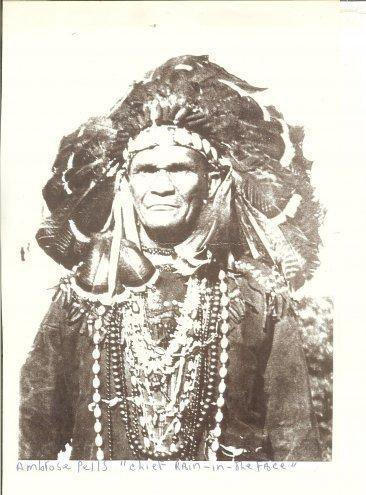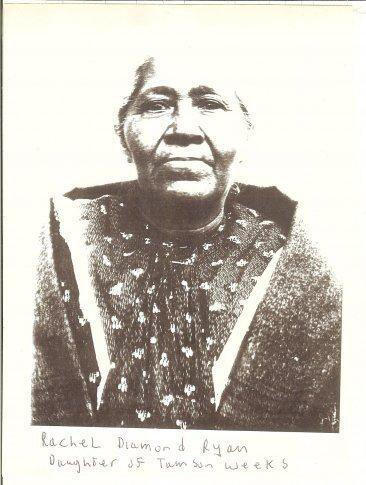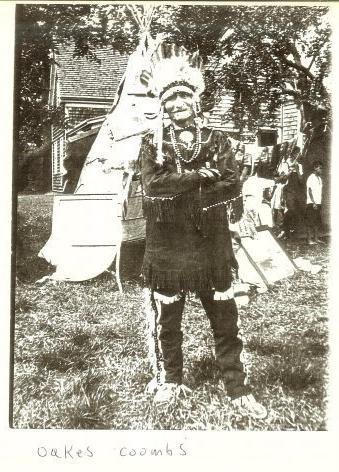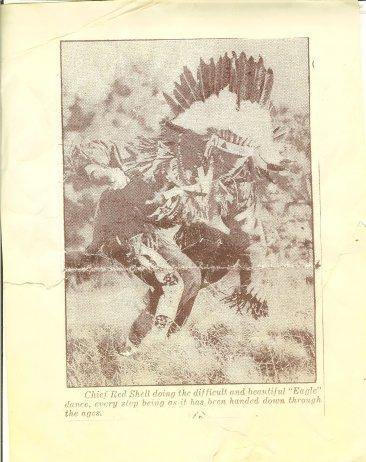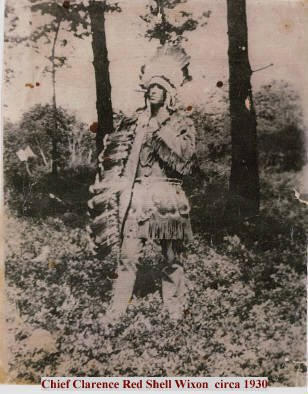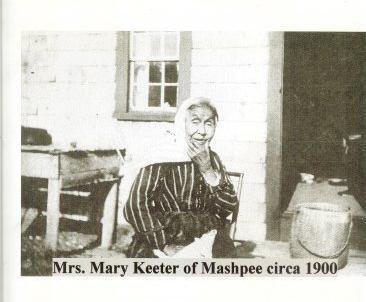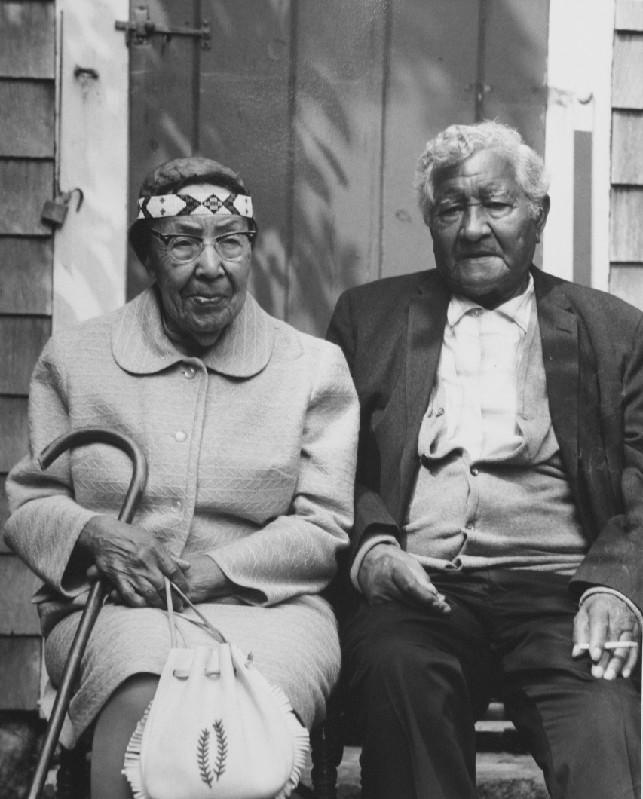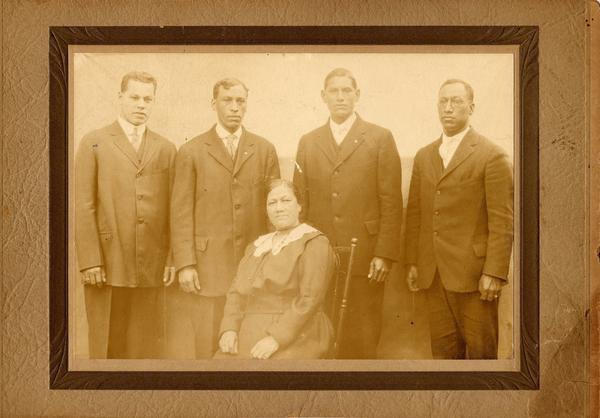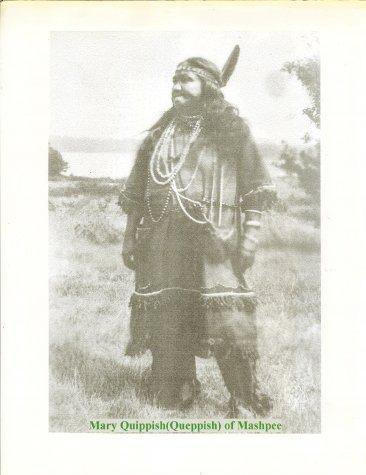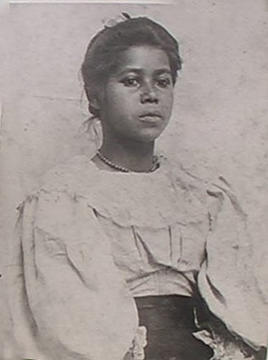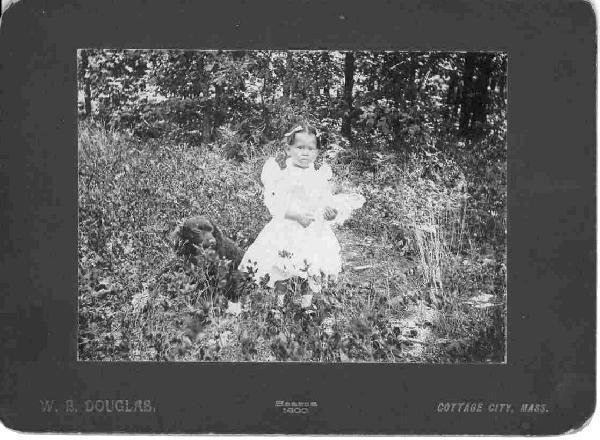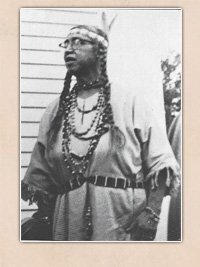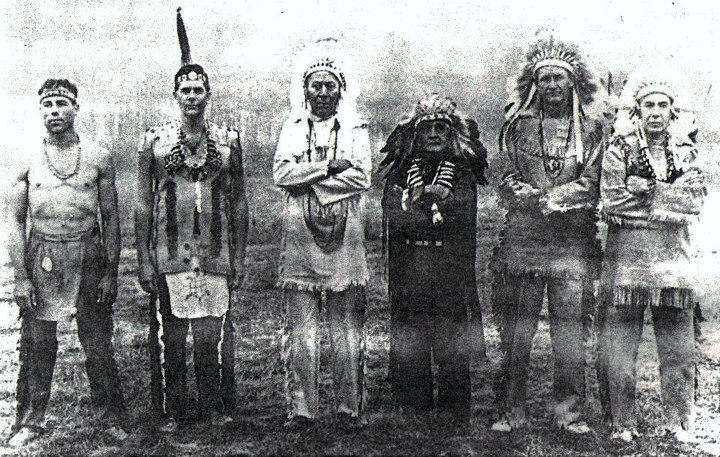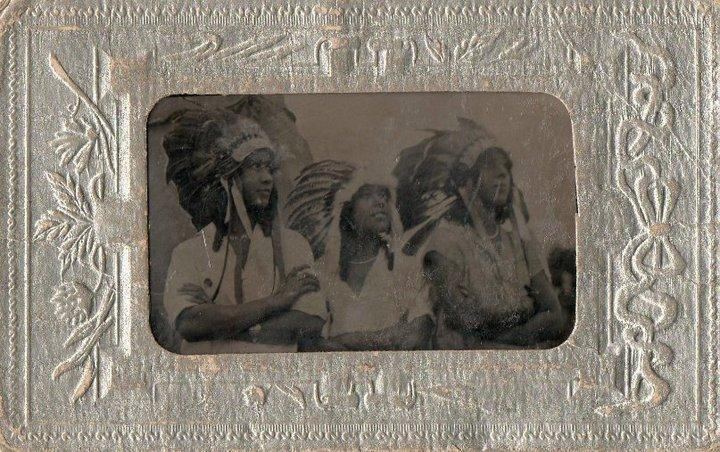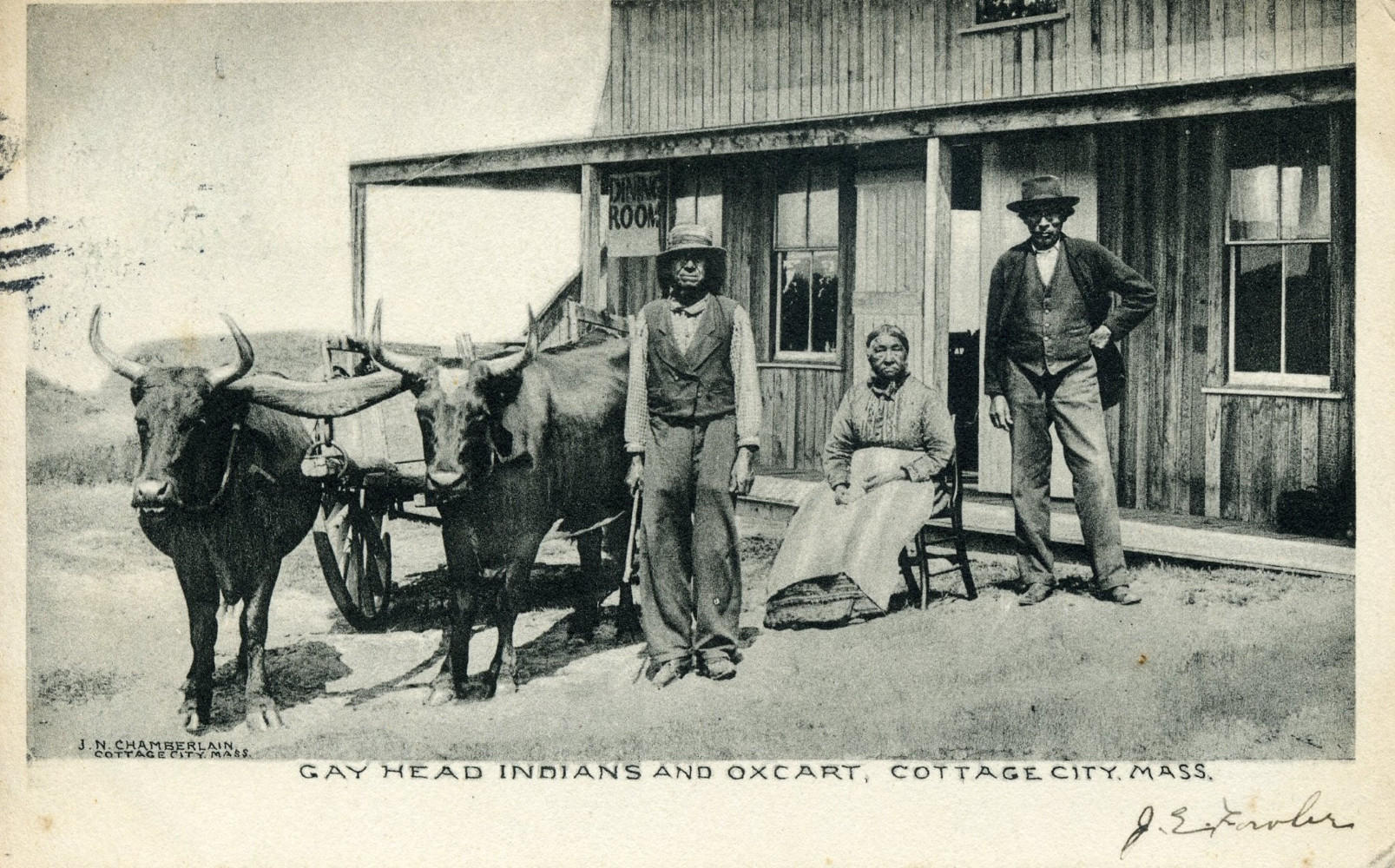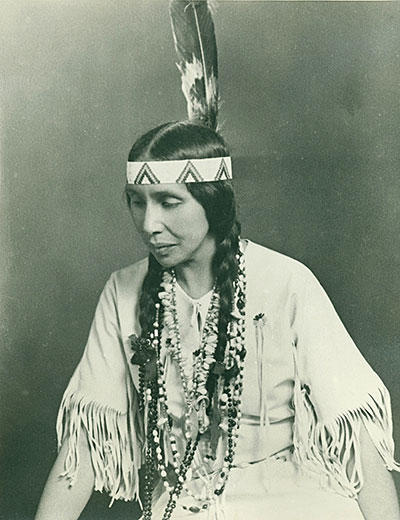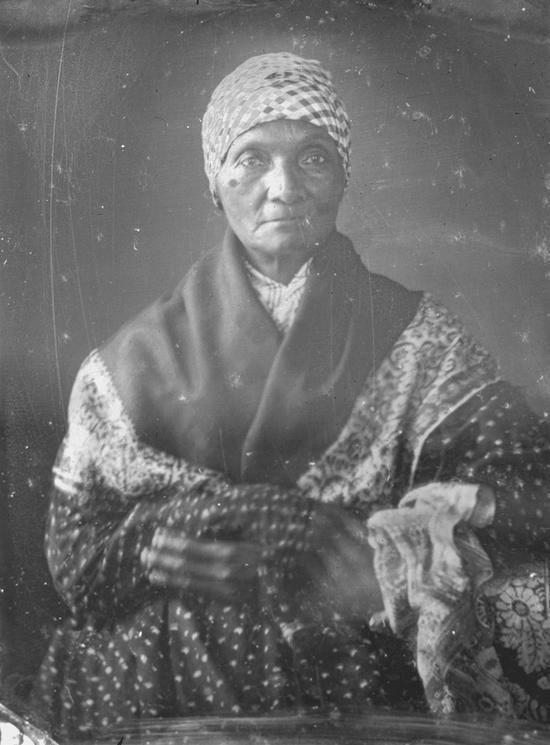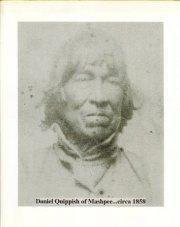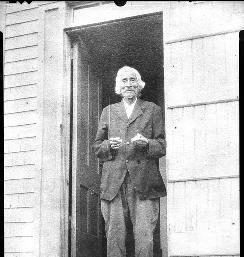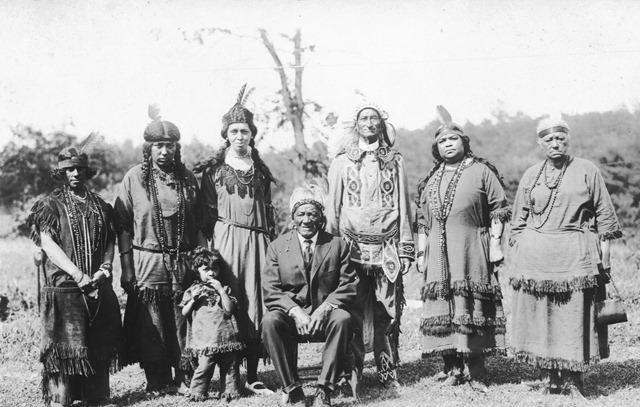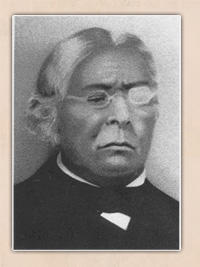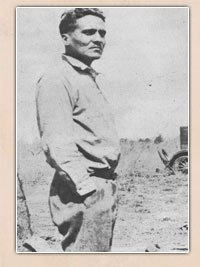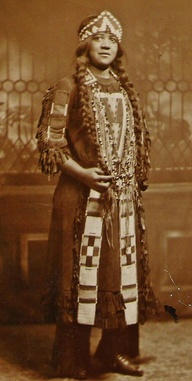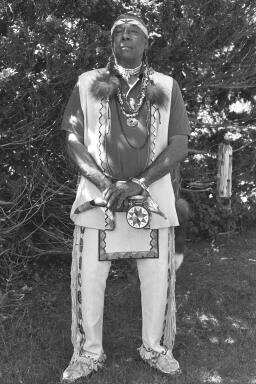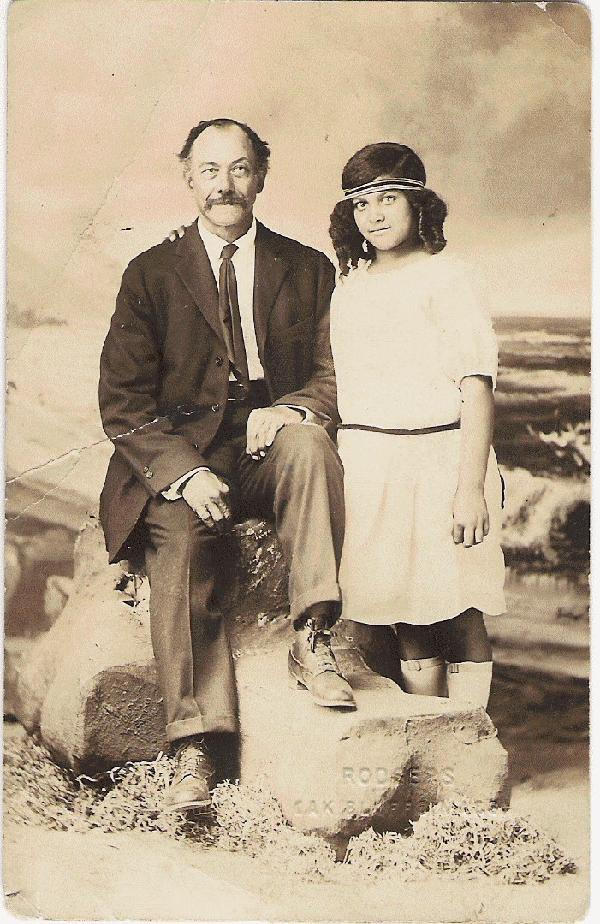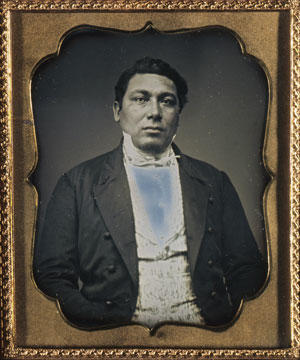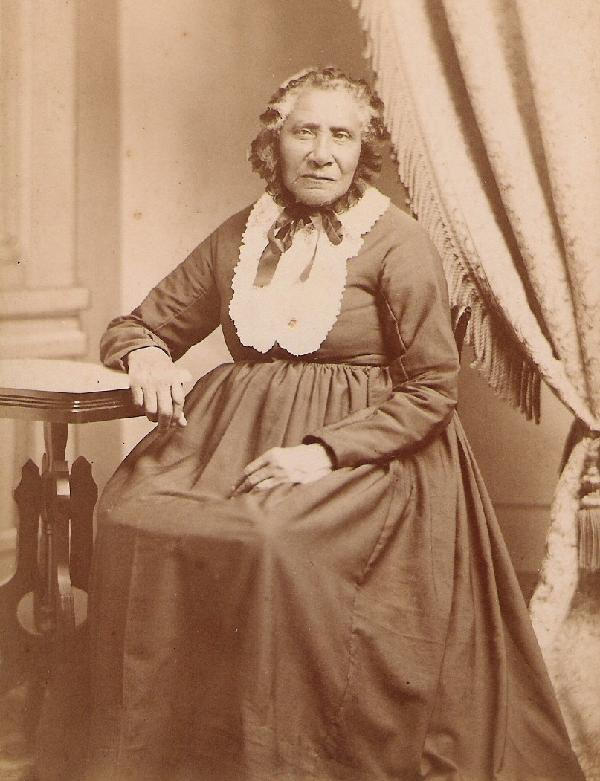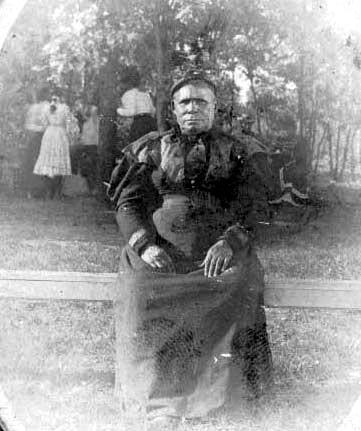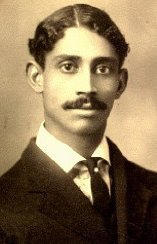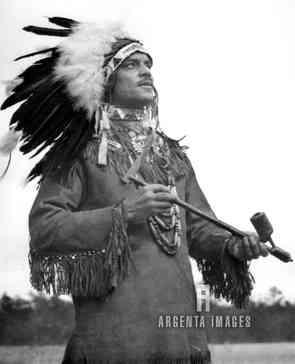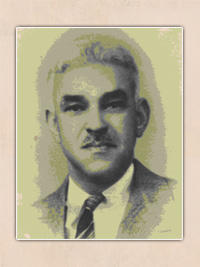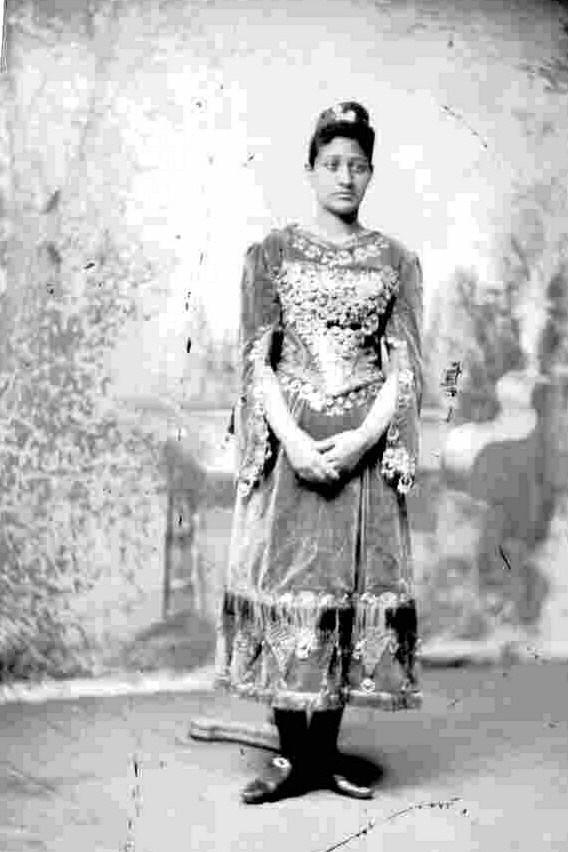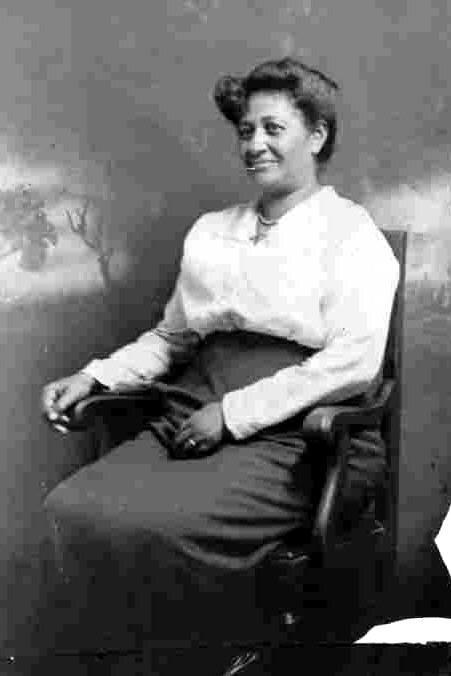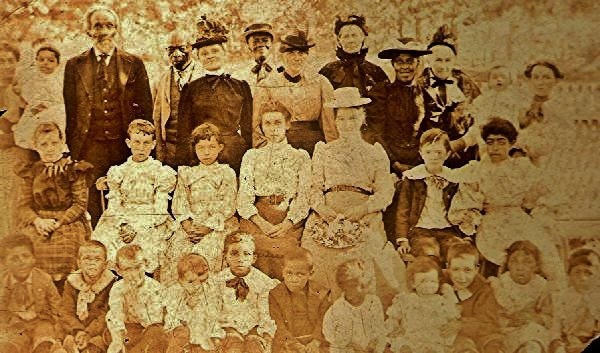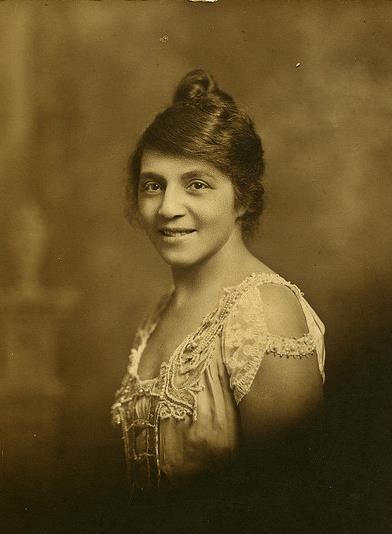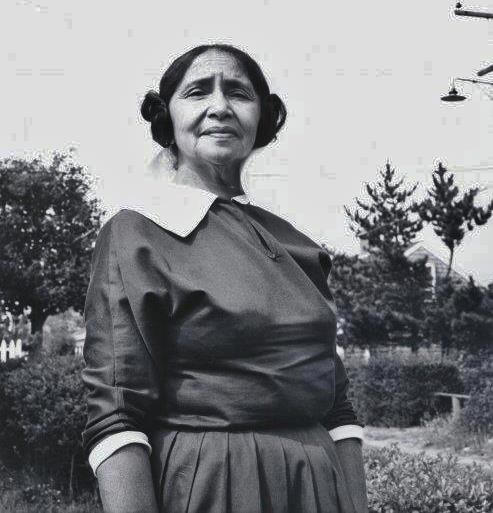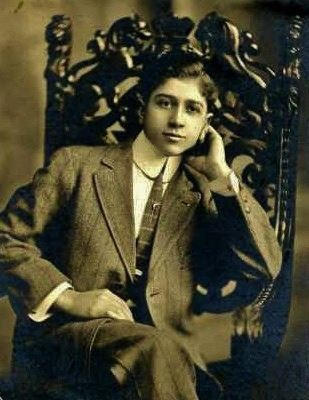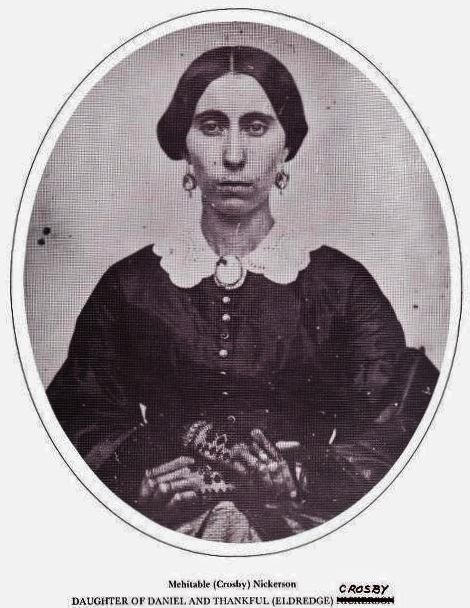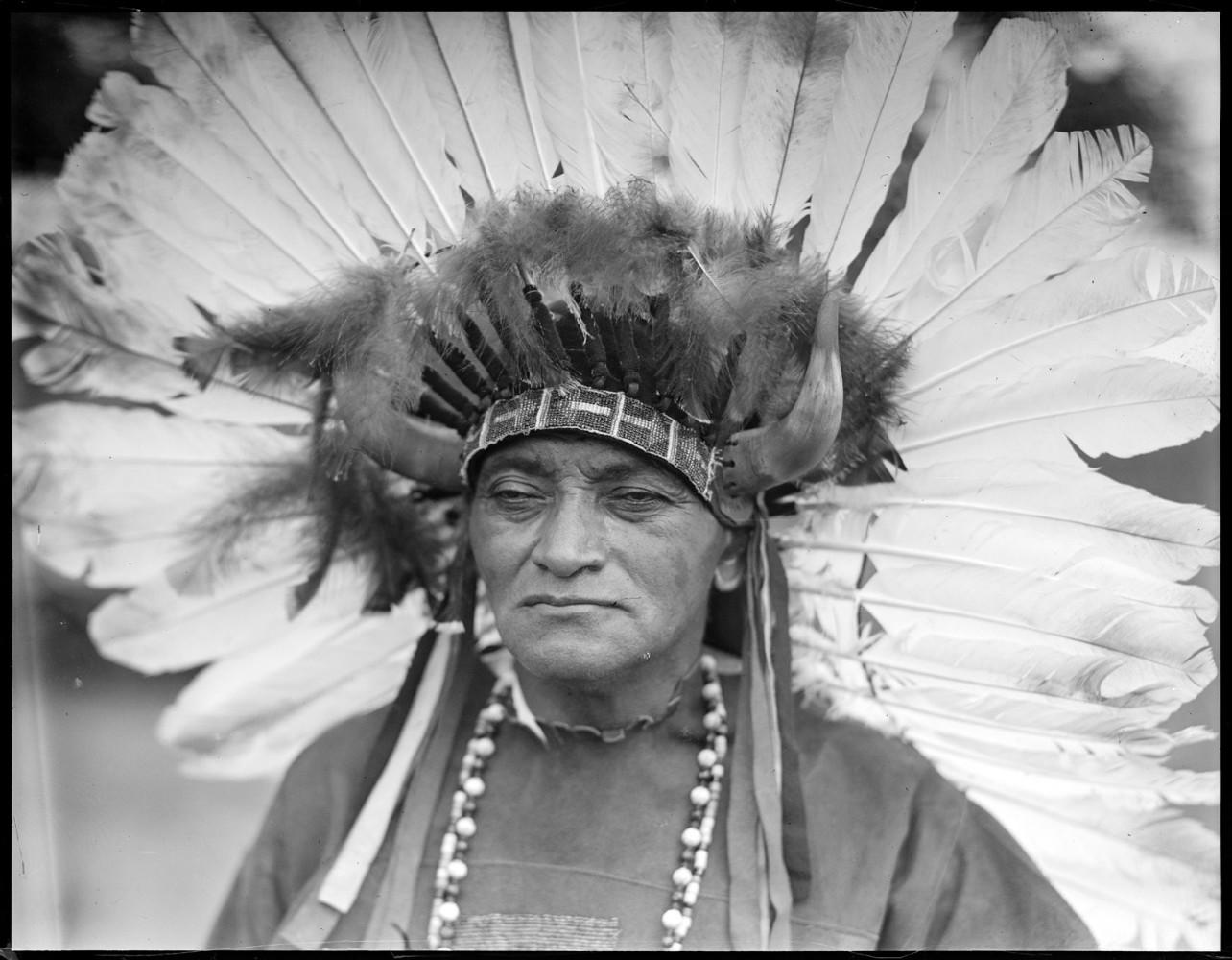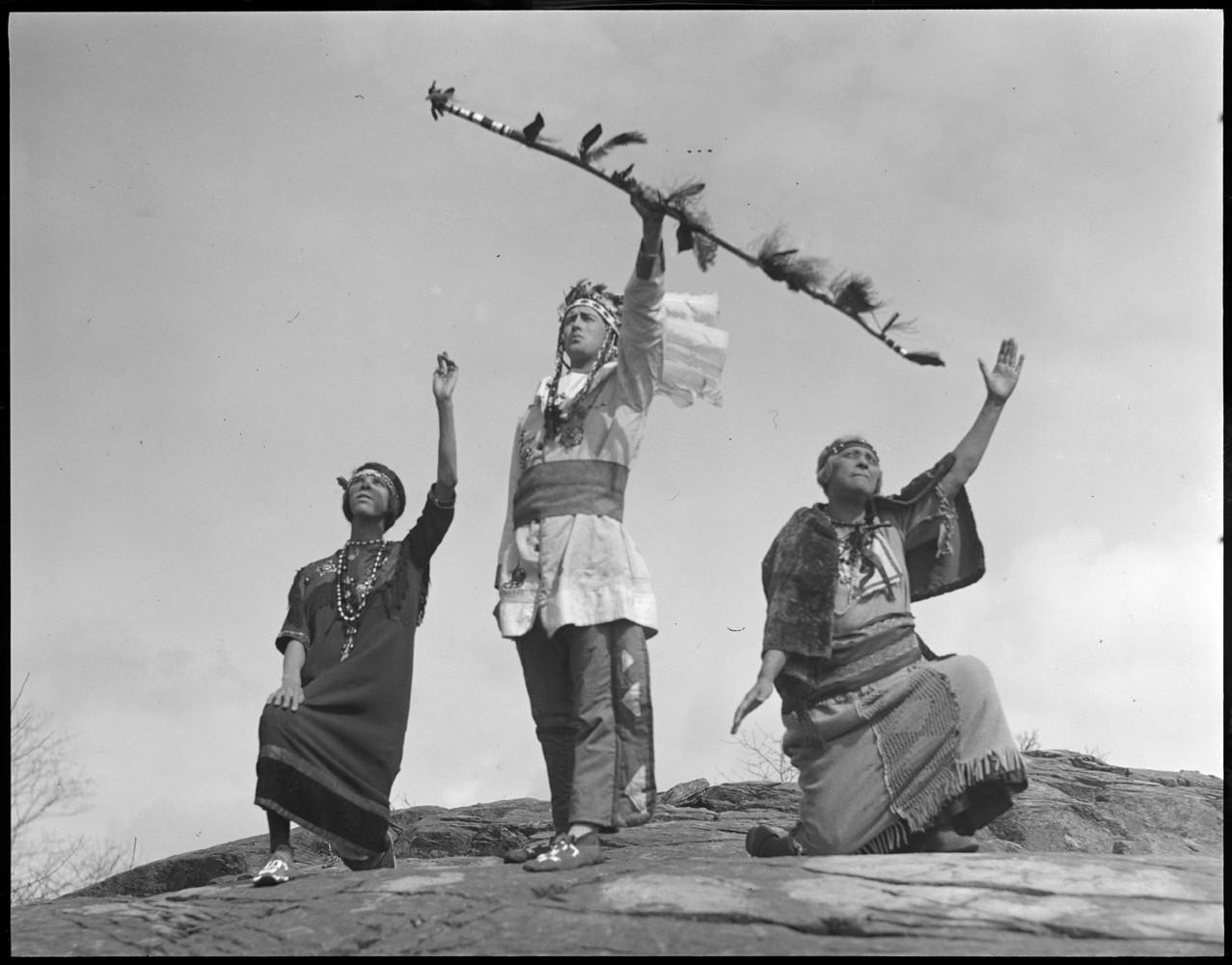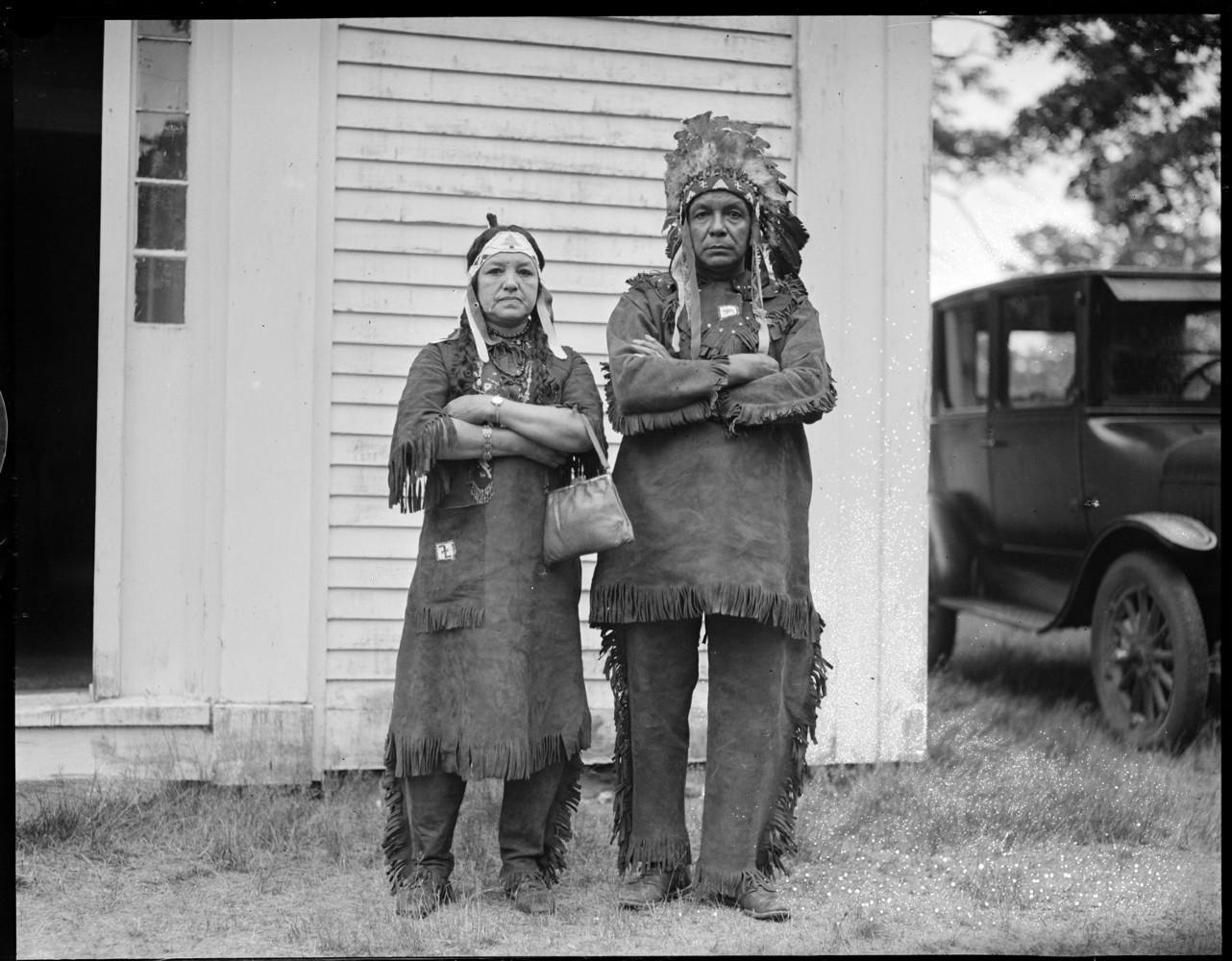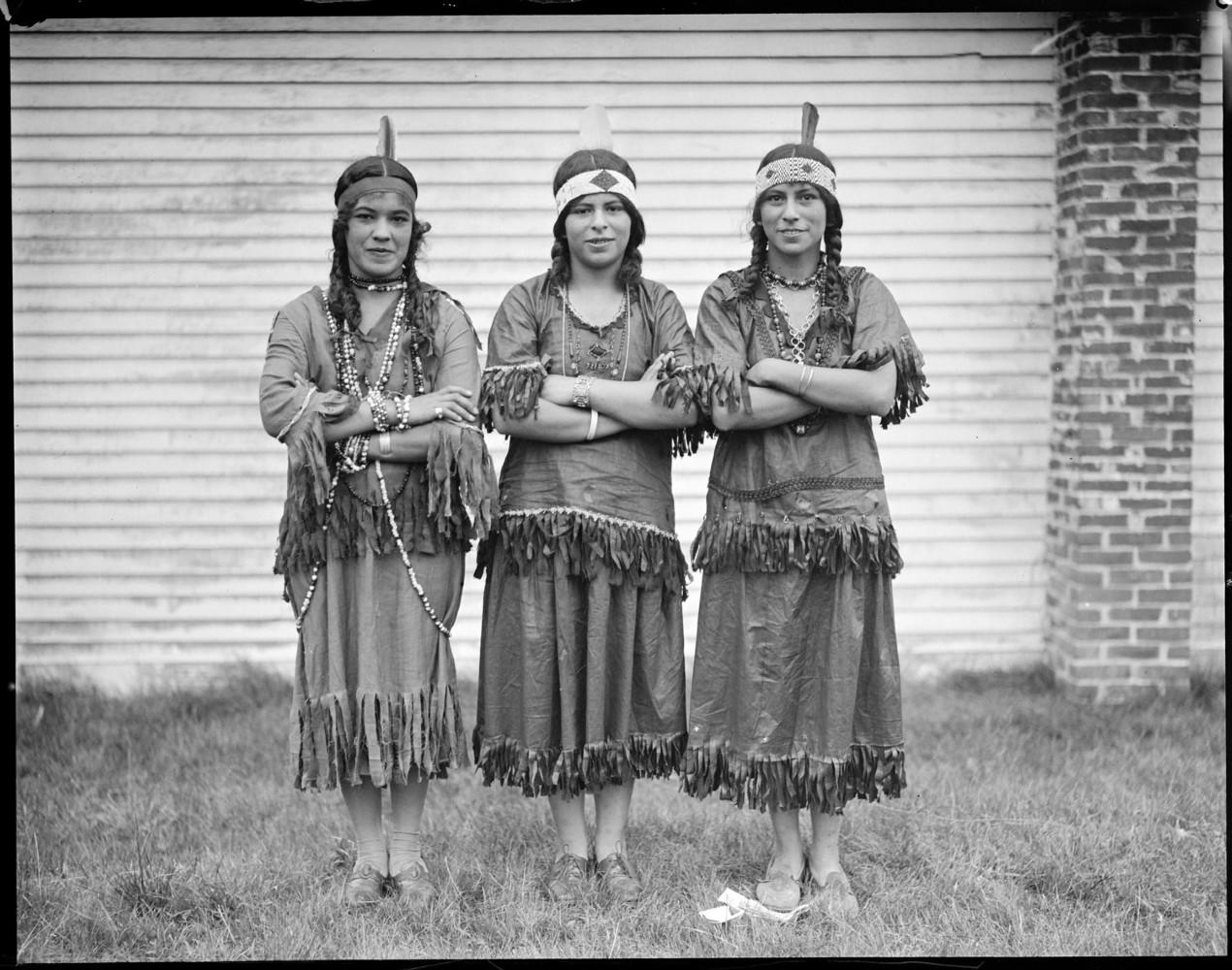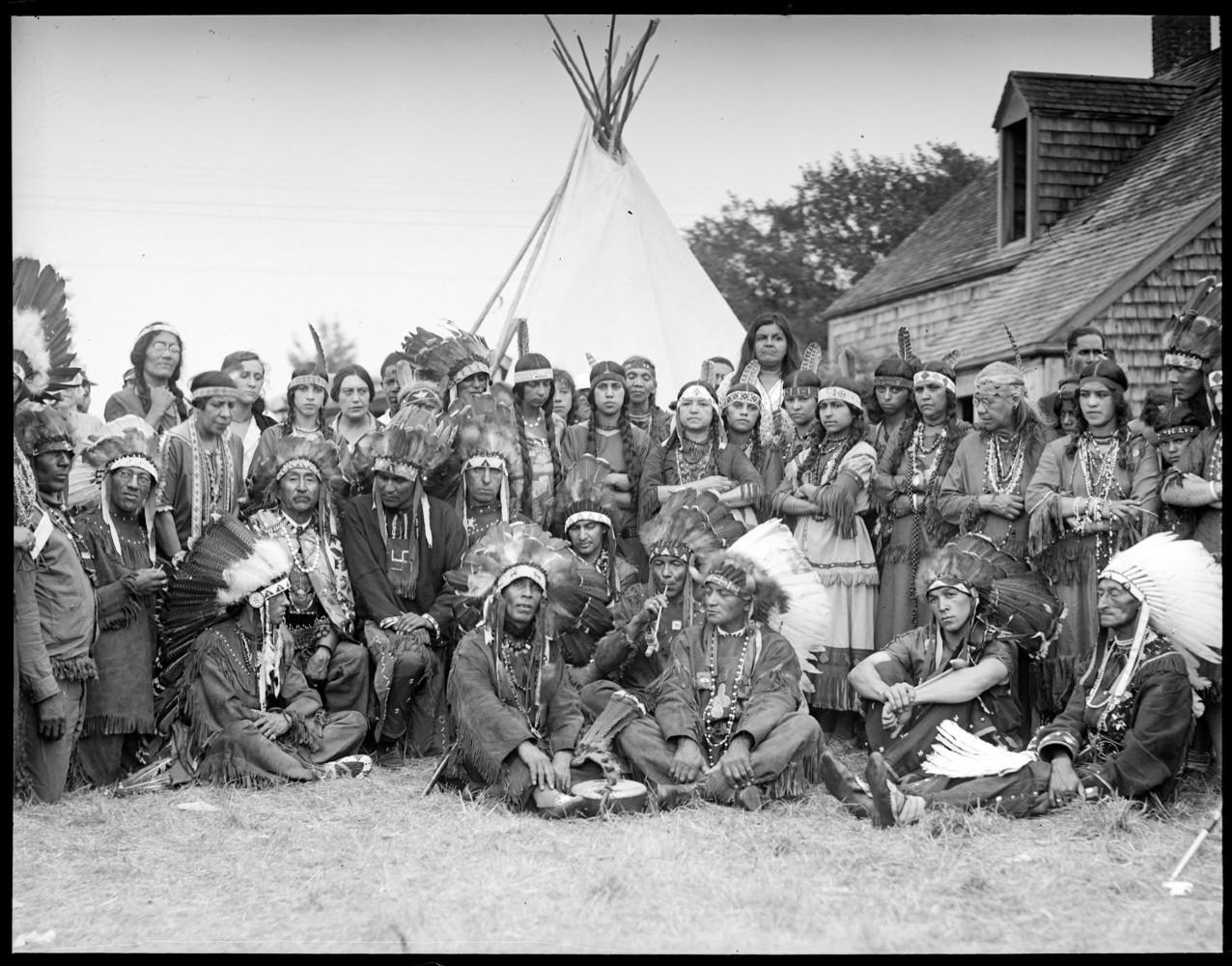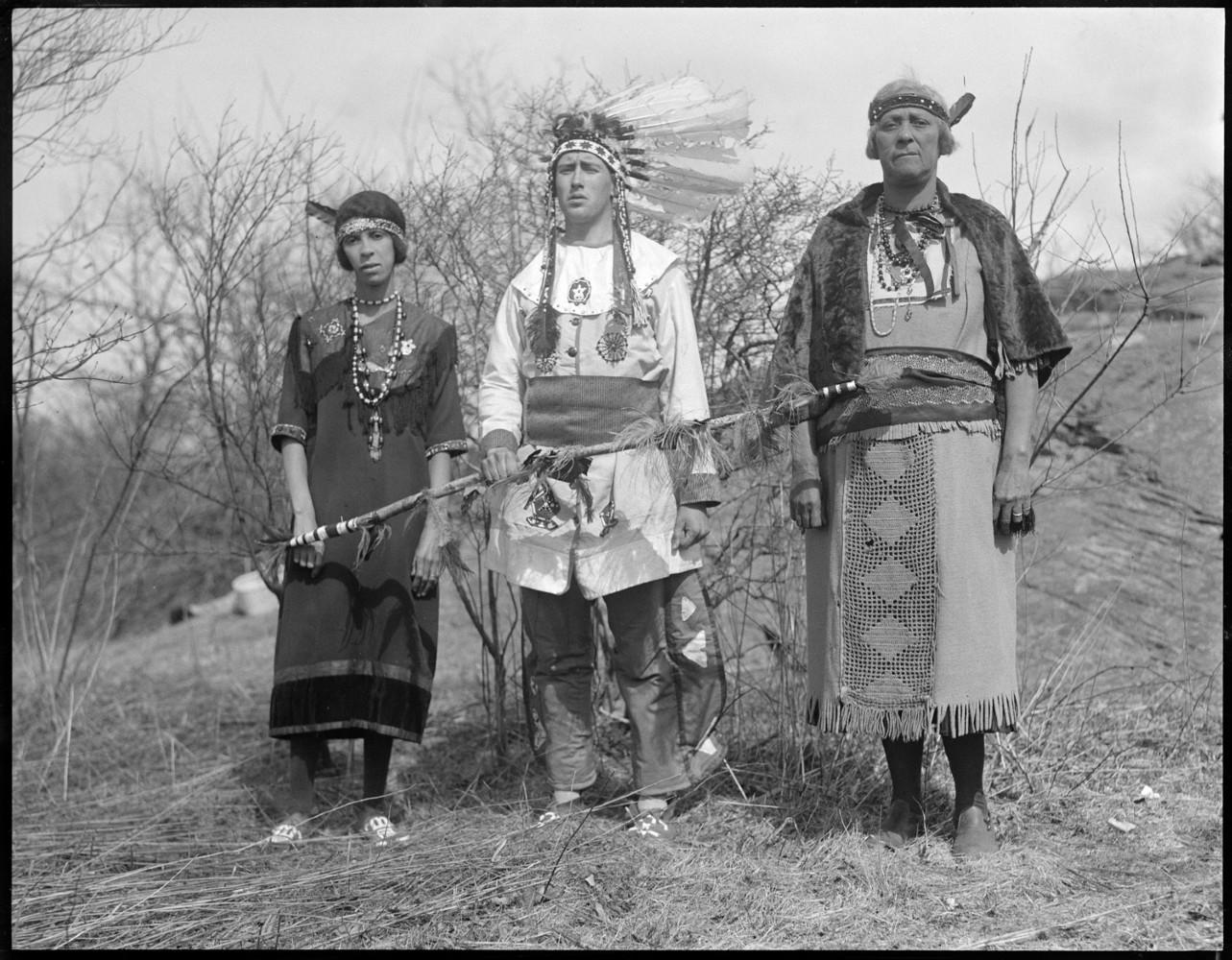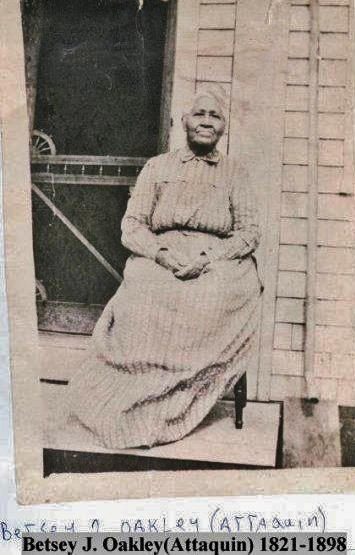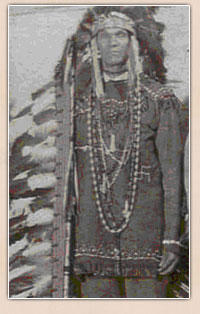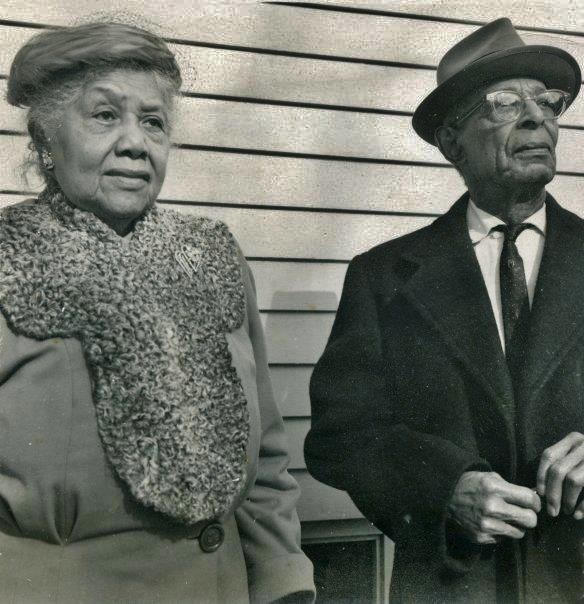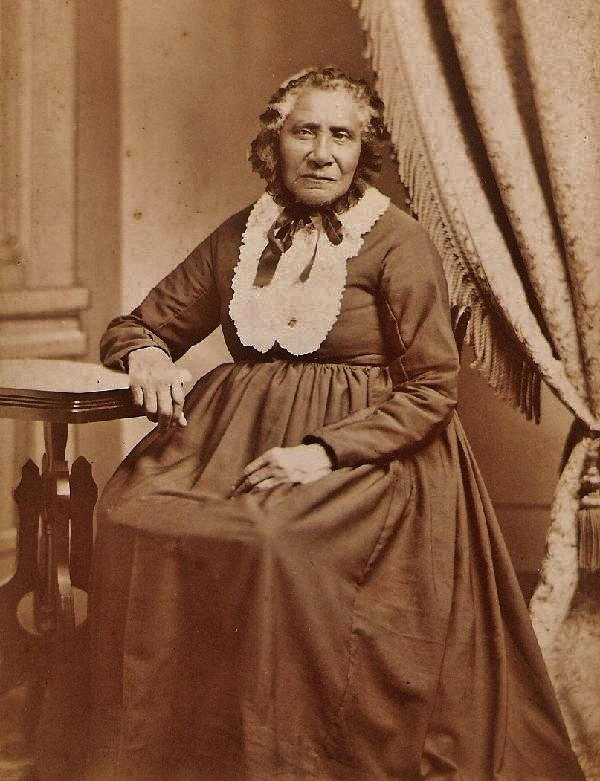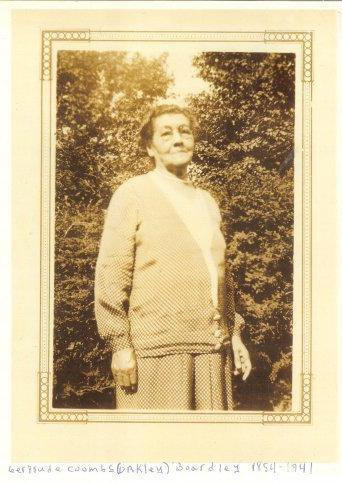
The photographs below have stories about them
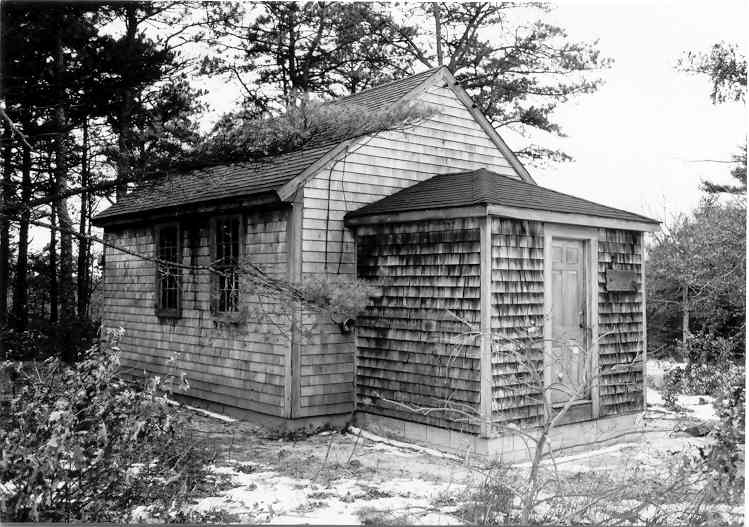
Early Photo of the Mashpee One Room Schoolhouse
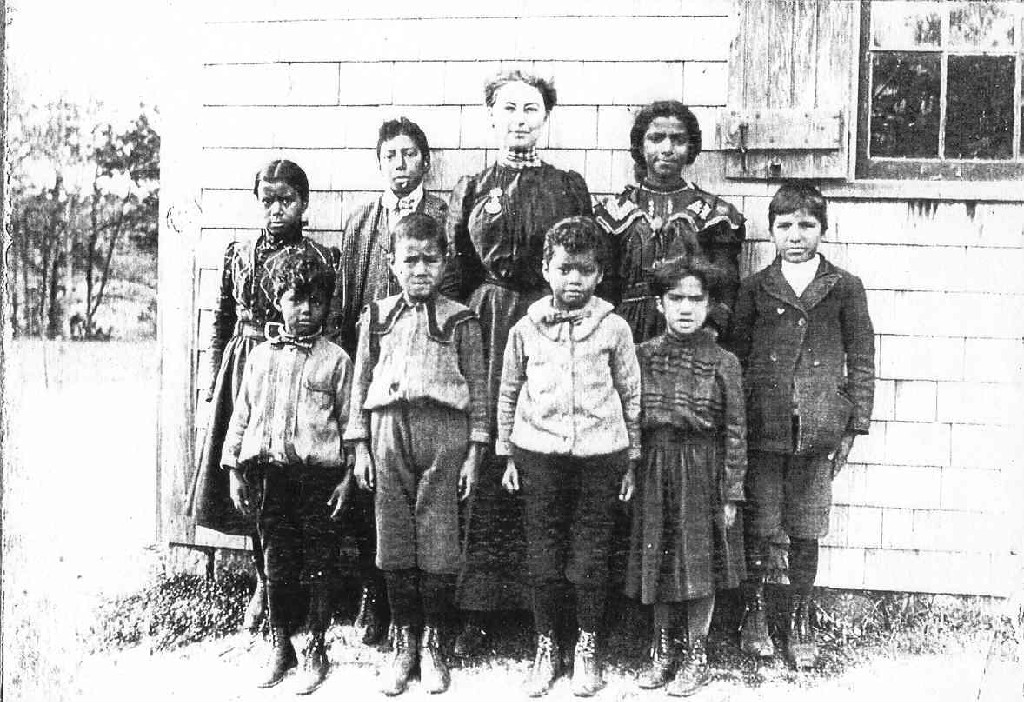
Mashpee Schoolhouse Students and Teacher 1901
This photo was taken in 1901 at the Mashpee One Room Schoolhouse in South Mashpee, Massachusetts. The schoolhouse not only educated children, but was also used by “Blind Joe” Amos a Wampanoag Christian preacher for Sunday services when it was too cold or wet to preach under the large oak tree.The schoolhouse was built in 1831 and originally located on Red Brook Road in South Mashpee.
In 1901 after it was sold to the Baptist Youth Society, the front entry was added and the schoolhouse was renamed the “Ockway Chapel and Schoolhouse.”
In 1975 the building was donated to the town and moved to Meeting House Road next to the Old Indian Cemetery.
In 2003 the building was restored by the Mashpee Womens Club and is now located at 13 Great Neck Rd, North in Mashpee, Massachusetts.

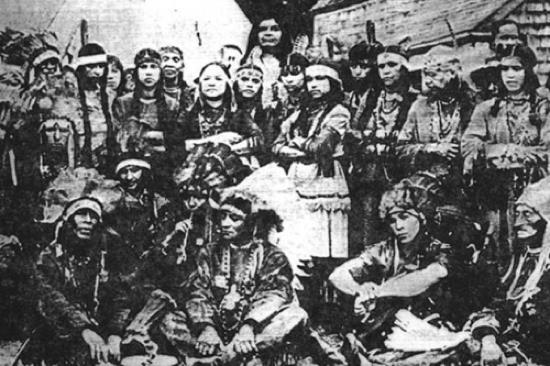
1928 Herring Pond Wampanoag Powwow Gathering
During the 1920s, there was a movement to revitalize the Wampanoag people (See Eben Queppish and Nelson Simons) and to organize the Wampanoag Nation, a confederacy of communities that would function as a political entity and strengthen its members' Native identity.
In 1928, Indians from Mashpee, Gay Head, and Herring Pond met at Herring Pond, Massachusetts to elect leaders for the new Wampanoag Nation. The Wampanoag Nation held its first powwow the following year in Mashpee. It is not clear whether this photo is from the initial meeting in 1928 or the first powwow in 1929.

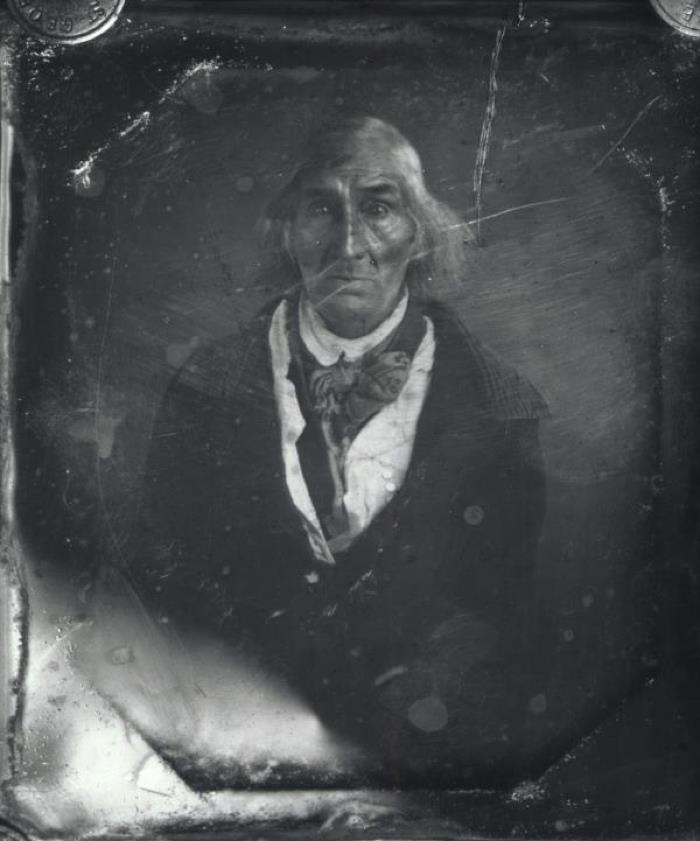
Abram Quary was born in 1768 and died on November 25, 1854 at the age of 82. His last name is an abbreviation of a name that is documented in several forms: Skootequary, Skuotquaty, and Skutquade, among others. According to Benjamin Franklin Folger, a 19th-cenury Nantucket historian, Abrams’ grandfather was Joseph Quary, whose home was a wigwam (wetu) on the west side of Sesachacha Pond, and Abram’s mother, Sarah Quary, was an expert basket maker. Abram also became a master basket maker.
As a young boy Abram was placed in the home of Nantucket resident Stephen Chase for several years. Then, like most Nantucket boys, he went whaling. At age twenty-five he married the young widow Abigail Dingle, and years later, as a widower himself, he married a woman named Fanny Hall.
In later years he was well known for his clam bakes. A Nantucket resident, George Worth recalled Abram as "the prince of Nantucket caterers" without whom "no evening entertainment was deemed complete." He was also noted for another ability, a Nantucket woman told Benjamin Franklin Folger that Abram Quary had preternatural powers of observation: "He was never seen to look at any of us, yet he took note of everyone there..."
In his final years he became basically a hermit and finally moved to the Nantucket Asylum which was used primarily as an "old folks" home and it is there that he died.

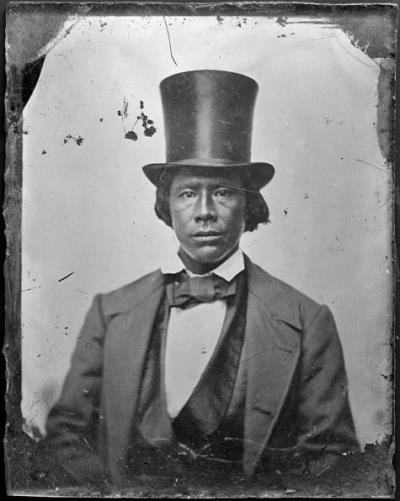
James Mye, Mashpee Wampanoag circa 1860 Cape Cod
In the 1804 case of Hall versus Gardner, James Mye was an indentured servant to the Hall brothers. The Halls had legal documentation that James Mye was their indentured servant, yet the courts decided that the treatment of James Mye was akin to slavery.
Even though the case of James Mye was unique, the practice of indentured servitude in real practice was only slightly different than slavery whether the indentured servant was white or another race. The indentured servants were debt-bondage workers who were mostly children or youths. They were set up with a legal contract with an employer for whom he/she worked for a fixed length of time (often three to seven years) in exchange for basic necessities and sometimes for payment. Many whites got their passage to America this way, but there were far more children of color involved in this practice. Typically the children of color were bound for longer lengths of time and they received minimal training and less payment. (As a note: This practice was very different from a formal apprenticeship agreement.)

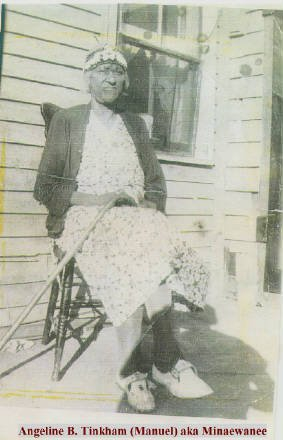
Minaewanee (Still Water) Angeline B. Manuel-Tinkham, daughter of Lucretia Scott-Manuel - Wampanoag Ponkapoag circa 1934, ninth generation descendent of Massasoit.
Minaewanee (Angeline) was born in Seekonk, Masachusetts around 1863-64. She married Calvin Cromwell who died in 1885. She then married Louis B. Tinkham in 1898 and they had a daughter named Lucretia E. Tinkham. She later married George Winters.
Angeline passed away in 1938 in Middleboro, Massachusetts. She is buried in the Vine Hill Cemetery in Plymouth, Massachusetts.

The photographs below need more information.
If anyone has information please write to us at: manyhoops@gmail.com
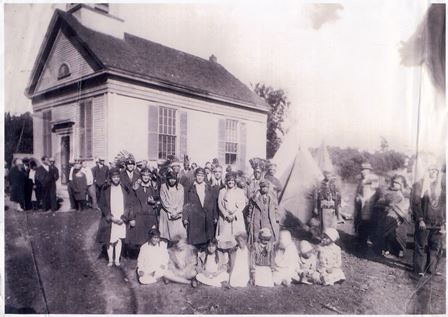
Gathering at Herring Pond Indian Church circa 1918
We can't find anything more about this photo or the church, but we're still searching...

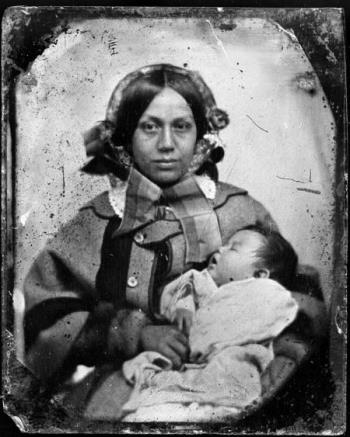
Wampanoag mother and son
Adriana Caesar-Amos-Thompson and her son circa 1860. There is no further information on Adriana and her baby. If anyone knows anything about her please contact us at: manyhoops@gmail.com

There is also a Facebook page for Wampanoag Historic photographs:
 https://www.facebook.com/media/set/?set=a.10150169736870578.414165.10150102703945578&type=1
https://www.facebook.com/media/set/?set=a.10150169736870578.414165.10150102703945578&type=1
Find us on Pinterest - Our Pinterest page has a Board for Historic photographs.
Visit Many Hoops Around Thanksgiving's profile on Pinterest.

